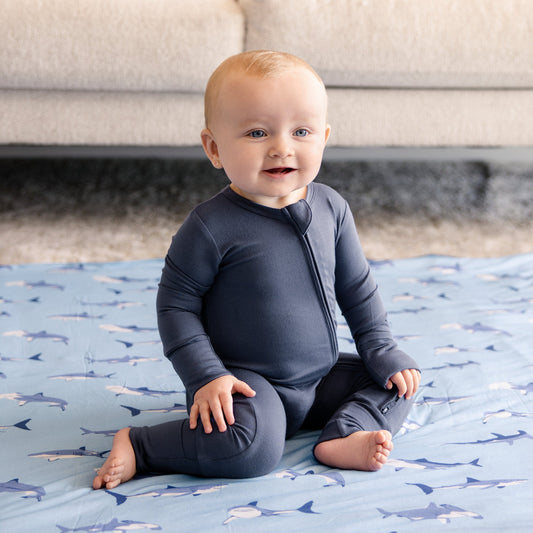So, you’re expecting! Congratulations! Or maybe your child is just getting to that age where you need to revamp your space in a way that is both safe and enjoyable for your family. Imagine your home like a playground where safety and fun go hand in hand. As you read through this article, it might be a good idea to create a checklist to help you keep track of child proofing tasks.
First things first, let’s turn your home into a safe haven. Make sure that your furniture, things like dressers and bookshelves, are secured to the wall so your adventurer can explore without worry. Children can climb these things and pull them down on themselves. Falling furniture is one of the most common child related accidents in the home.
Toddlers are notoriously clumsy, and often run around without looking where they’re going; pad the corners of things, like coffee tables, that are at eye level with your toddler. Don’t forget about those baby gates, as your little explorer is bound to try climbing those stairs if they are left unguarded. Speaking of little explorers, you’ll certainly want to install outlet covers before your child decides to see if they can fit a toy in the outlet.

If you have window blinds, make sure the cords are cut short, as they can be a strangulation hazard. When it comes to the kitchen and bathroom, you’ll need to make sure you have child safety locks for your cabinets. Chemicals and cleaning products need to be placed out of reach, even if there is a lock on the cabinet.
Your child is likely curious and when we say, “no no, don’t do that,” they take it like a dare! So, doors that lead to outside should have a safety knob on them to keep your child from going out unsupervised. If you have a pool on your property, make sure there is a gate, or the ladder is taken out of the pool. That way, your child cannot get in the water without the help of an adult. No unsupervised scuba diving please! These tips should give you a great start on creating a baby safe environment.
Now onto the fun! Many people think you need lots of toys to be fun, but that’s not necessarily true. In fact, too many toys can cause children to become overwhelmed. When children become overwhelmed, they may not be able to play independently for as long. A toy rotation is a good way to ensure your child has a variety but doesn’t become overstimulated. Put toys in bins, and every few weeks or so, pack up the toys they currently have out and introduce a new bin of toys. This keeps things new and interesting. Don’t worry about them missing the old toys… out of sight out of mind!
Books are a fun edition to a child’s play space. Black and white contrast books can be great for an infant’s vision development. Picture books or books with textures can keep your child entertained. Reading with your child can help them foster a love for reading on their own as they grow. Studies show that children whose parents read to them every day are introduced to around 290,000 more words by the time they enter kindergarten than kids who aren’t read to daily. (Sheldon-Dean, H. (2024, May 13). Why is it important to read to your child? Child Mind Institute.)
Children want to be close to their parents; allowing at least a small basket of their toys in the common living area encourages independent play. That way, they can still feel secure knowing you’re nearby for a quick snuggle if they need it.

While independent play is important for your child’s development, so is playing with your child. Sensory activities can be a fun activity for you and your child to interact together. Sensory play may include things like playdough, kinetic sand, containers for children to fill, etc. To make sure you keep your home safe after spending so much time babyproofing, sensory activities should only be done when supervised by an adult. When you finish your sensory activity, it should be put out of reach, especially activities that have any pieces your child can fit in their mouth.
Another question many have when creating spaces for their children: what’s better? Colors or neutrals? Opinions vary, but many say a variety of both is good for a child. It can depend on the space as well. Are you decorating the playroom? Bright colors that capture attention may be a good choice for that space. Are you creating a quiet corner or bedroom? Neutrals like beige, cream, and sage green can be soothing and encourage rest. No matter what you choose, both color palettes are beneficial to your child.
Whether you're preparing for your first child to enter the world or making changes to accommodate the newest stage of your earthside child, hopefully this article has inspired some ideas for a safe and playful home. Remember that safety and fun go hand in hand. If your home is a space baby can safely roam, everyone, including you, will have more fun. So, look over the checklist, add last minute items to the shopping cart, pick your color palettes, and then put your feet up and enjoy your bundles of joy.





